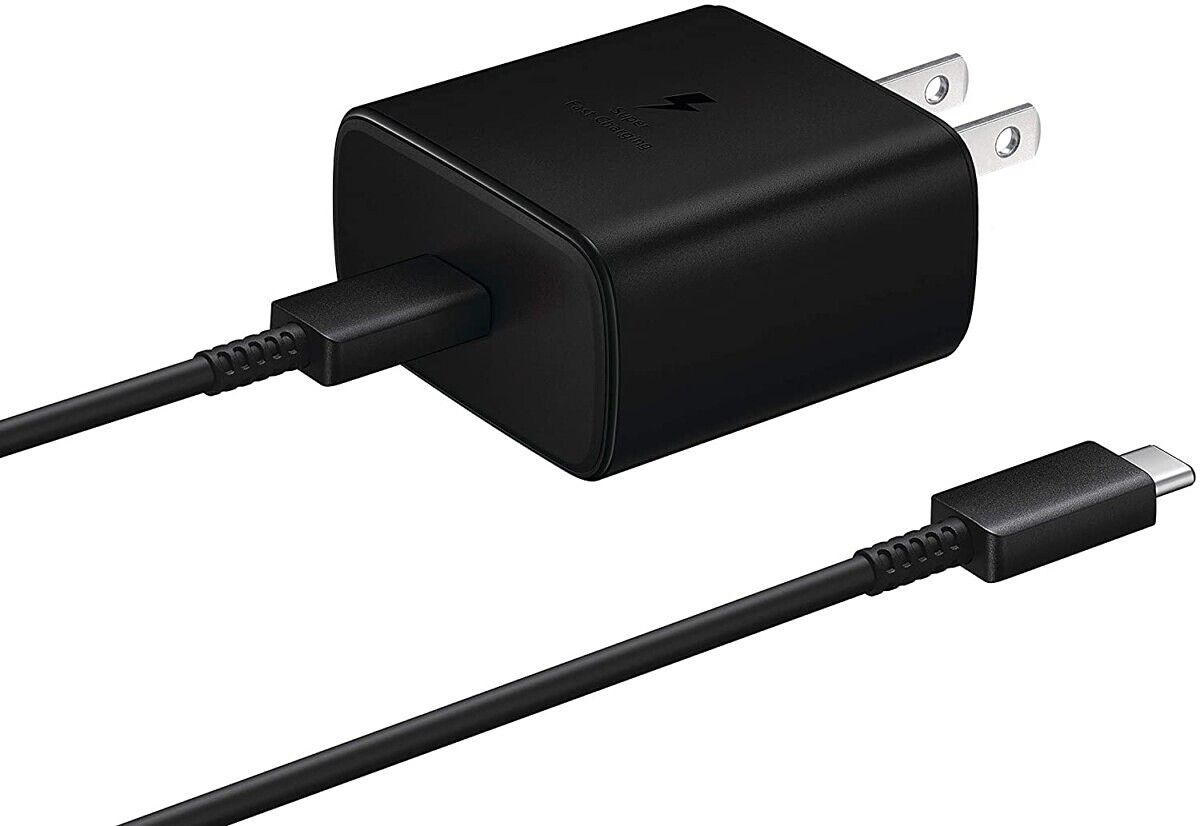When Sony released its WH-1000XM3 noise cancelling headphones in 2018, critics lauded them for their comfort, design, and audio quality. Now, Sony is releasing its sequel, the Sony WH-1000XM4 headphones, and they feature a number of improvements that fans of the previous generation headphones will love.
According to Sony, the WH-1000XM4 features the “best ever noise cancelling performance” in its lineup. Each earcup features two microphones for improved noise cancellation with Sony’s HD Noise Cancelling Processor QN1. There’s also a new Bluetooth Audio processor (the MediaTeK MT2811S) that senses and adjusts to music and noise at over 700 times per second.
Sony boasts the new WH-1000XM4 noise cancelling headphones meet the same 30 hours of battery life mark as the previous-generation XM3 headphones. The headphones support fast charging and offer 5 hours of playback from 10 minutes of charge. They also feature the same gesture control system on the sides from the previous generation. You can double tap to play or pause music, swipe left or right to go to the previous track or skip to the next track respectively, or hold your hand over the earcup to toggle ambient sound control.
The new Sony WH-1000XM4 headphones also feature Sony’s new Precise Voice Pickup technology, which controls five of the microphones in the headphones for crisp, hands-free calls and a new “Speak-to-Chat” feature. The latter feature will recognize your voice and automatically stop your music. At the same time, it will let in ambient sound, so you can conduct a conversation without removing the headphones.
And when you do remove your headphones, wearing detection will pause music playback. Music playback is automatically resumed when you put the headphones back on, so you won’t need to double tap on the sides to resume music all the time. Wearing detection makes use of the proximity sensor and two accelerometers on the new headphones.
With the Sony | Headphones Connect app, you can also set up Adaptive Sound Control to adjust ambient sound settings based on your current location.
Sony | Headphones Connect (Free, Google Play) →
Meanwhile, the WH-1000XM4 offers Sony’s DSEE Extreme technology to accurately rebuild audio that’s been lost during digital compression. DSEE Extreme analyzes music in real-time using machine learning models. In theory, music should sound better thanks to Sony’s technology by restoring high range sounds. And, if you’re listening to music from a compatible streaming service, you can take advantage of Sony’s 360 Reality Audio feature for a more immersive music listening experience.
Finally, Sony’s new WH-1000XM4 headphones can be paired with two Bluetooth devices at the same time, making them more useful than ever. You can connect to your computer and smartphone at the same time, for example, so you can listen to music from your PC and then take a call on your phone when one comes in. The headphones also support Google’s latest Fast Pair features as well as NFC pairing.
If you liked the WH-1000XM3, then the new Sony WH-1000XM4 noise cancelling headphones sound like a worthy upgrade. With a refined design, multipoint pairing, and improved noise cancelation performance, the WH-1000XM4 just might be the best headphones for working from home. The Sony WH-1000XM4 go on sale later this month in black and silver for $350/€380/£350
Buy the Sony WH-1000XM4 Headphones: Best Buy (USA) ||| Amazon (UK)
The post Sony WH-1000XM4 headphones unveiled with multi-device connection, DSEE Extreme, and more appeared first on xda-developers.
from xda-developers https://ift.tt/3gM8Ux6
via IFTTT













